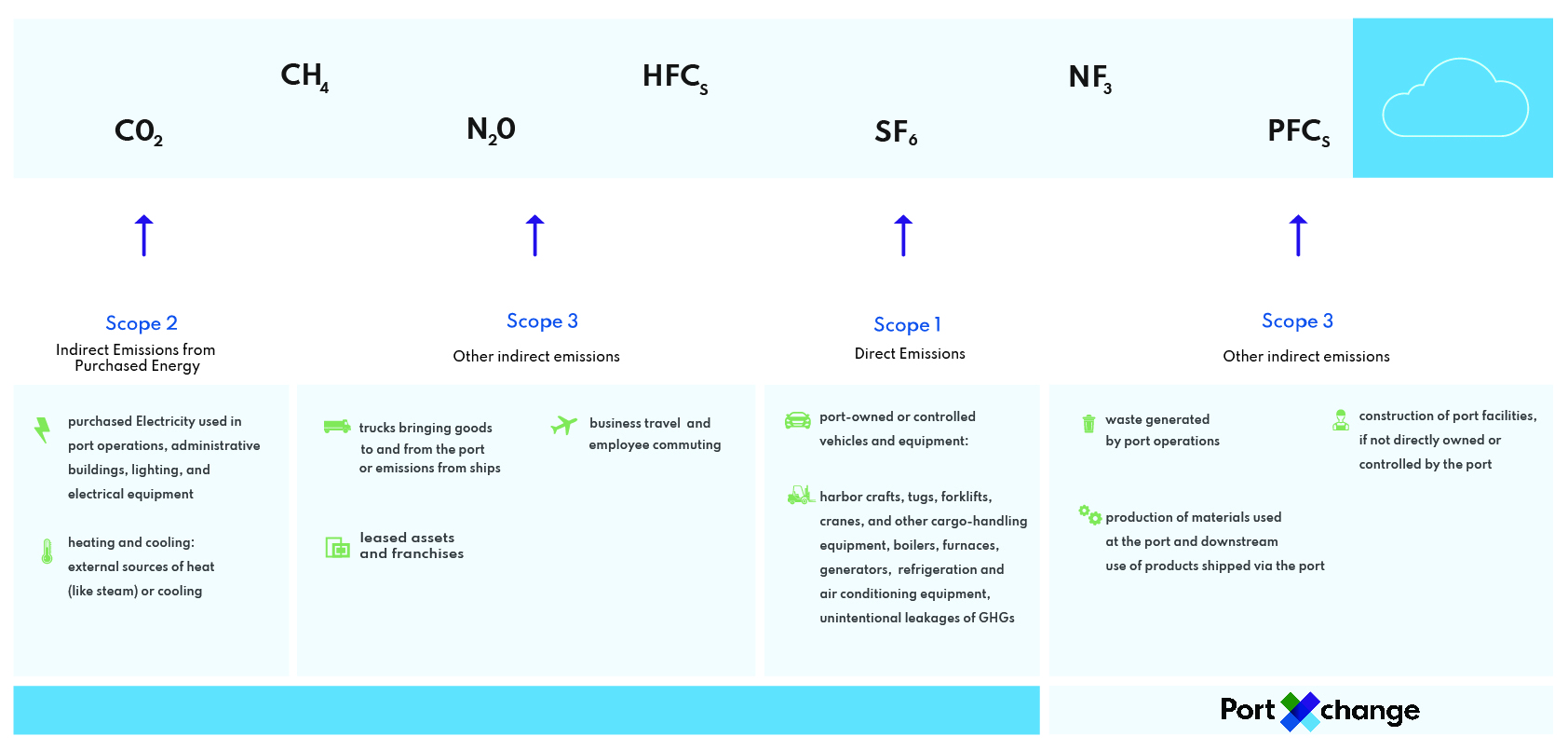The maritime industry is facing increasing pressure to address its environmental impact and reduce carbon emissions. While efforts have been focused on direct emissions from operations and purchased energy, there is now a growing recognition of the importance of addressing Scope 3 emissions. These emissions include the indirect impacts generated throughout the value chain, such as raw material extraction, employee behavior, and product disposal.
Gathering data on Scope 3 emissions is a complex task for ports and terminals, as it involves multiple stakeholders and sources of emission data. However, advancements in AI-driven data technology have made it easier to identify and monitor these emissions. This enables ports to focus on implementing emission reduction strategies with immediate impact.
Addressing Scope 3 emissions is crucial for several reasons. Firstly, they constitute the largest portion of a port’s carbon footprint, so ignoring them would result in an incomplete sustainability strategy. Secondly, addressing these emissions can help reduce the port’s impact on the local environment and engage positively with the community. Finally, taking action on Scope 3 emissions can lead to cost savings and build resilience to regulatory changes.
One approach to reducing Scope 3 emissions is implementing just-in-time port calls using advanced AIS technology. This can reduce idle time and unnecessary fuel consumption, contributing to emission reductions. However, a challenge lies in the lack of investment in green infrastructure and fuel hubs, as both ports and shipping lines are hesitant without assurance of their utilisation.
Although current regulations may not mandate Scope 3 emission reporting in all regions, it is expected to be enforced soon as environmental accountability increases. Ports that recognise the importance of Scope 3 emissions now will benefit in the future by staying ahead of their competitors.
Reporting Scope 3 emissions provides several benefits, including a complete picture of emission monitoring and productivity, data-driven benchmarking between ports, and recognition for sustainability efforts. Solutions like EmissionsInsider enable ports to accurately and affordably report their emissions.
To fast-track the maritime industry’s transition to green practices, some of the revenue generated from carbon pricing should be used to finance port infrastructure and data analysis. Additionally, there is a need to focus on reducing other pollutants like NOx and SOx emissions.
Despite the challenges, ports have opportunities to become environmental stewards by embracing technology, innovation, alternative fuels, and operational efficiencies. By prioritising sustainability, ports can demonstrate their commitment to environmental responsibility and engage meaningfully with their local communities.
Understanding the implications and impact of Scope 3 emissions and embracing innovative solutions can help ports and terminal operators make a meaningful start towards a greener, more sustainable future. Solutions like EmissionInsider can assist in tracking and analysing a port’s carbon footprint, identifying pollutant sources, and developing decarbonisation plans based on data-driven decisions.
For more information visit www.port-xchange.com













